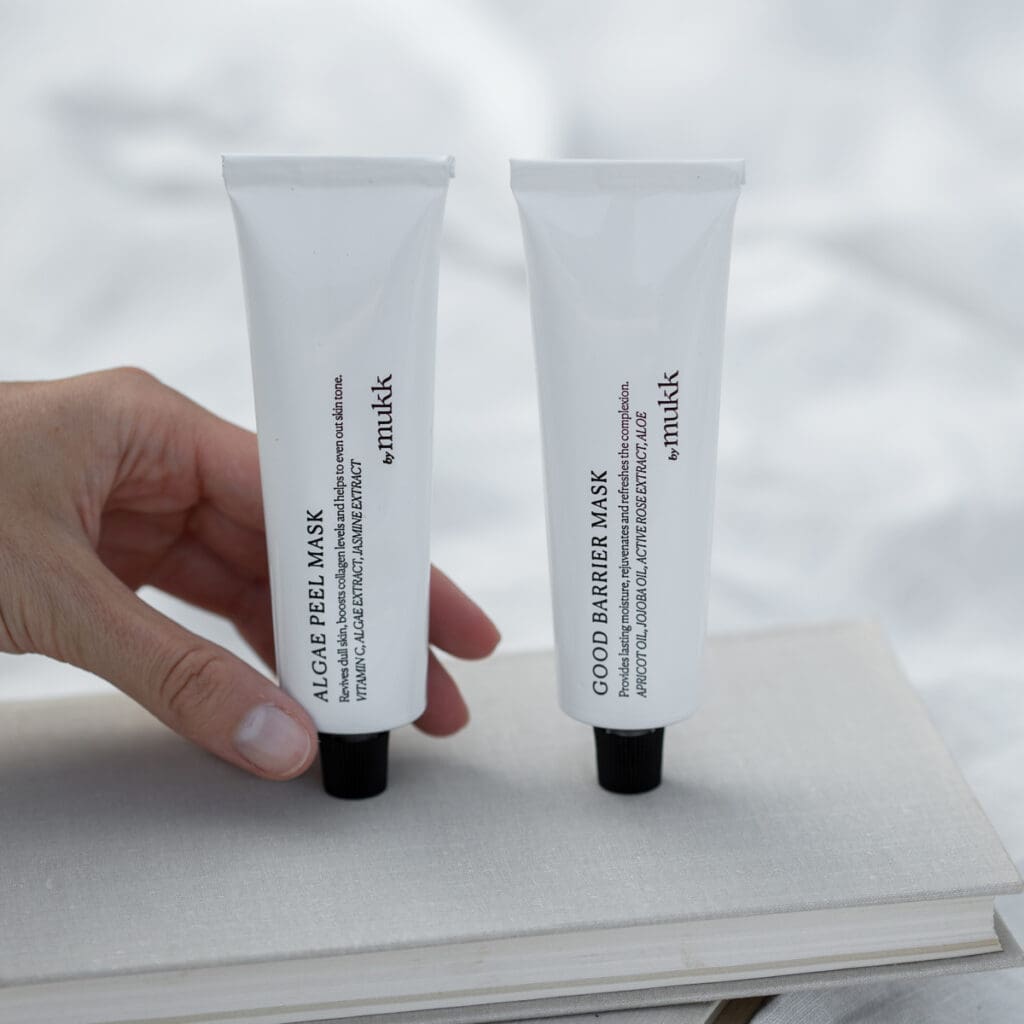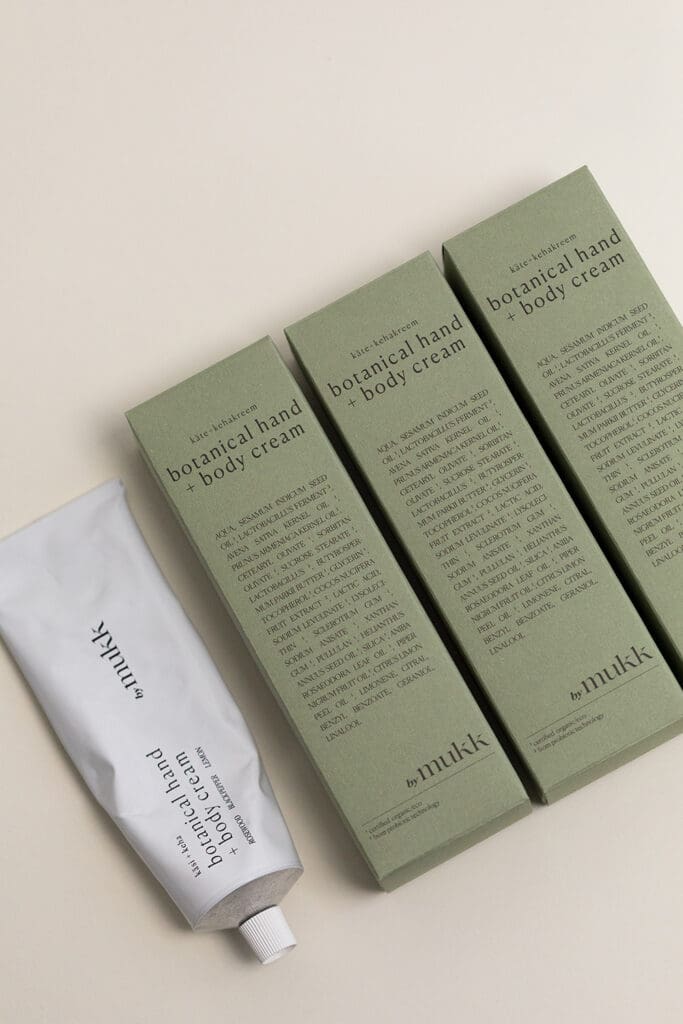Free shipping within NZ over N$150 and AUS over A$350. Shipping to AUS from A$9.90.
Free shipping within NZ over N$150 and AUS over A$350. Shipping to AUS from A$9.90.


The global natural and organic cosmetics market, valued at approximately USD 21.48 billion in 2023, reflects a growing consumer preference for skincare products free from synthetic additives, preservatives, and chemicals. Fueled by the increasing awareness of the health benefits associated with natural ingredients and a rising demand for cruelty-free and environmentally friendly products, this market is projected to reach around USD 37.44 billion by 2032. 1
As consumers become more attuned to the ethics, environmental safety, and health philosophies of businesses, there’s a noticeable shift towards products aligning with these values. However, amidst this shift, the issue of greenwashing—wherein companies falsely claim their products are environmentally friendly and toxin-free —becomes prevalent, leading to consumer confusion and mistrust.
We are here to demystify greenwashing within the beauty industry, helping you recognize common greenwashing tactics and choose certified organic brands that genuinely prioritize sustainability, ethical practices, and clean ingredients.
First, let’s start with the definitions.
Greenwashing is a deceptive marketing tactic where companies falsely present their products as environmentally friendly to capitalize on consumer interest in sustainability. This practice is particularly rampant in the beauty industry, where terms like “natural,” “organic,” and “eco-friendly” are used liberally without genuine adherence to environmental standards. Often, these claims are not substantiated by evidence, misleading consumers who are trying to make ethical purchasing decisions.
In contrast, genuine green marketing involves truthful communication about a product’s environmental benefits. It encompasses strategies like using ethically sourced materials, reducing packaging, and employing renewable energy in production processes. True green marketing requires transparency and a commitment to sustainable practices, which should be clearly communicated to consumers.
The distinction between greenwashing and genuine green marketing is critical for consumers. While greenwashing exploits eco-conscious marketing to enhance sales without implementing real environmental practices or using clean ingredients, genuine green marketing represents an honest effort to reduce environmental impact, promote sustainability, and ensure the use of natural and organic ingredients in beauty products.
Many beauty products claim to be “natural” or “organic,” but these claims are often unregulated and unsubstantiated. Without clear regulations, companies can make these claims without actually meeting any specific standards.
The truth is, you need to be an expert to decipher beauty product labels and verify their natural and sustainable claims, often requiring additional research on their websites. Here are some tips to help you navigate this complex landscape.
Some products may contain only a small percentage of natural or organic ingredients, yet they’re marketed as “green” or “eco-friendly.” The rest of the product may contain synthetic ingredients or chemicals that are harmful to you and the environment.
Some brands may not disclose all of their ingredients or sourcing practices, making it difficult for consumers to determine whether a product is truly eco-friendly. Be aware if the label or brand’s homepage has a full list of ingredients.
One common tactic companies use to greenwash their products is through misleading packaging. For example, a product may feature images of leaves or flowers and use natural, earthy colors, giving the impression that it’s natural or organic when, in reality, it contains harmful chemicals.
Both parabens and sulfates like sodium lauryl sulfate (SLS) are often portrayed as harmful and are omitted from many products claiming to be natural or eco-friendly. However, often other harsh surfactants or phthalates, may be substituted instead, which are linked to hormone disruption and other health issues.
It’s becoming more recognized that fragrances and perfumes should be avoided in skincare products. Consequently, many brands are starting to incorporate natural fragrances into their products. However, even these natural fragrances can still contain synthetic chemicals. Terms like “botanical fragrance” or “plant-based fragrance” may mislead consumers into thinking they are entirely natural.
Some companies focus on making their packaging eco-friendly without making the product itself more sustainable. While reducing packaging waste is important, it’s only one piece of the puzzle.
A good rule of thumb is that if you can’t easily read the name of an ingredient, it’s better to avoid it. Here are some examples: PEGs (polyethylene glycols), dimethicone, cyclopentasiloxane, SLS (sodium lauryl sulfate), tetrasodium, and EDTA (ethylenediaminetetraacetic acid).
In the skincare market, big brands are often guilty of greenwashing, misleading consumers with false claims of sustainability, ethical practices, and the use of natural and organic ingredients. Here are a few notable examples.
Bondi Sands’ Sunscreen Lawsuit
Falsely advertised as “reef friendly,” these sunscreens contain avobenzone, homosalate, octisalate, and octocrylene, which are harmful to marine life.2
L’Oreal’s ‘Sustainable’ Bottle Controversy
Claims of sustainability were made without clear context, and the bottle’s cap was marketed as not being made from waste materials, which was misleading.2
SKKN’s Refill Initiative
Kim Kardashian’s skincare line claimed sustainability but failed to reduce packaging waste, using vague terms like ‘grounded in an ethos of sustainability’.2
Head & Shoulders’ Recyclability Claims
The brand marketed its Ocean Clean Bottle as recyclable, but failed to mention that the cap is not recyclable.2
Lilly Lashes’ Cruelty-Free Claims
Marketed its mink lashes as “cruelty-free,” despite the controversial nature of mink farming practices.2
Brands that are proud of their ingredients typically emphasize the quality, benefits, and formulas of their natural and organic products without hiding them.
by mukk, a brand we love, has been particularly bold in this regard, presenting all of their ingredients on their packaging as part of their design and branding.
With our selected brands, we go beyond the surface to understand the science behind their products.
There are certain ingredients (some of which we listed above) that are a non-negotiable for us. However, when it comes to some skincare ingredients, things aren’t always black and white. Some ingredients, which might be flagged (by ingredient apps) as less favorable, can actually work wonders in specific formulas and combination of ingredients. That’s why we prioritize building strong relationships with all our brands, ensuring we understand why certain products are formulated the way they are.
Check out the brands we love for skincare that’s backed by science and see the difference for yourself!
More posts on these topics:
Stay updated with our latest skincare insights and news.
Subscribe to receive our newest blog posts directly in your inbox